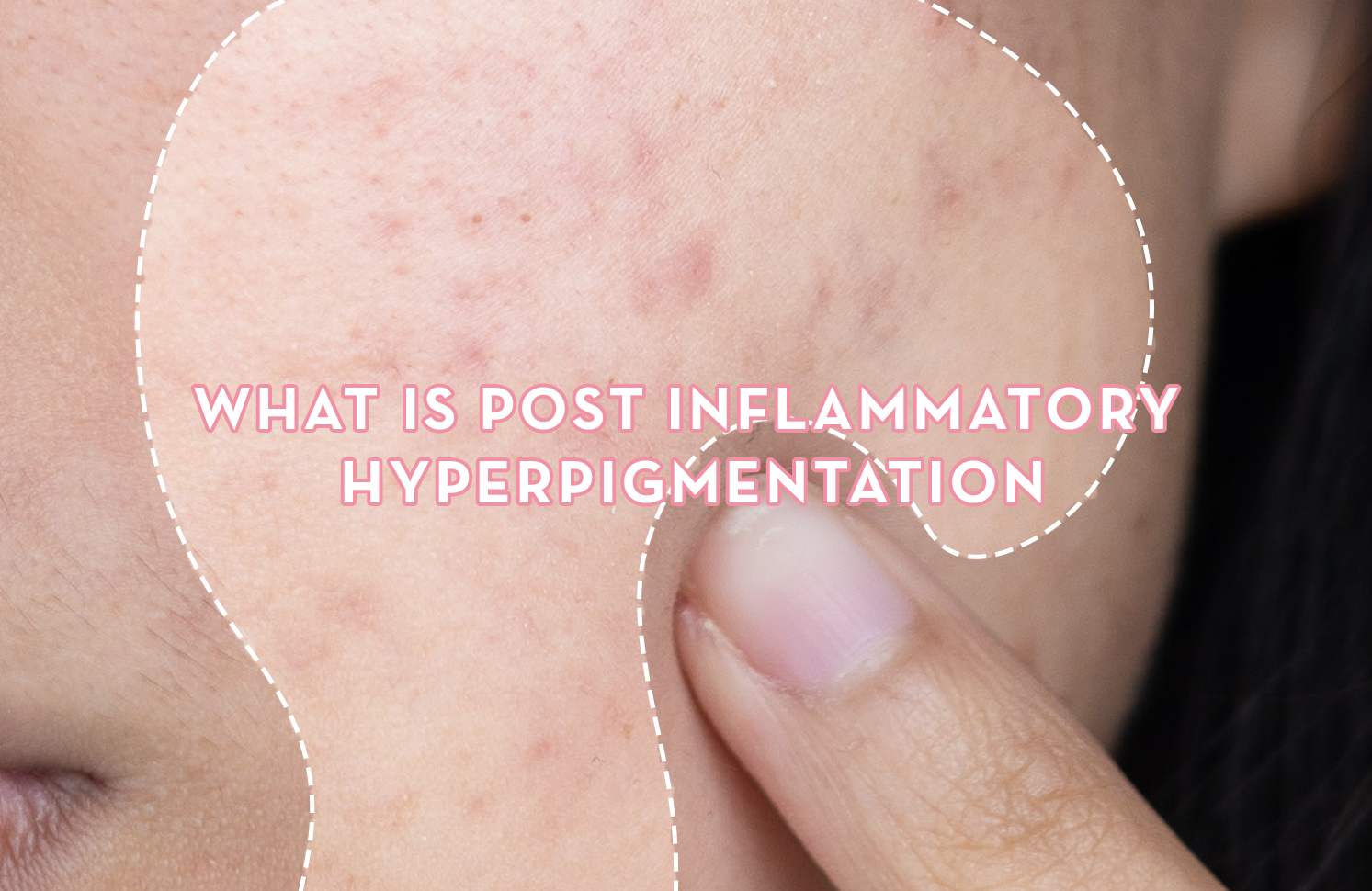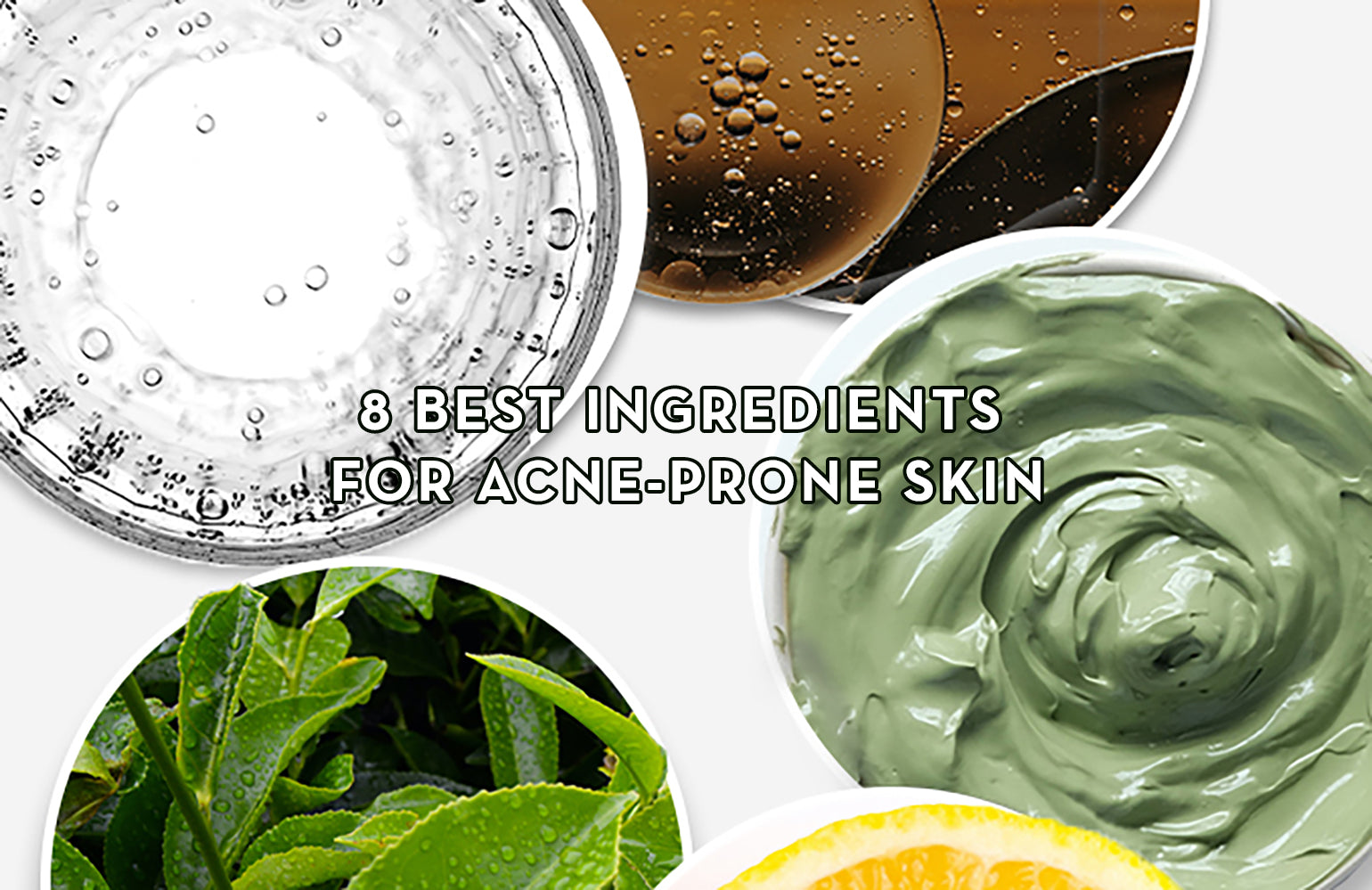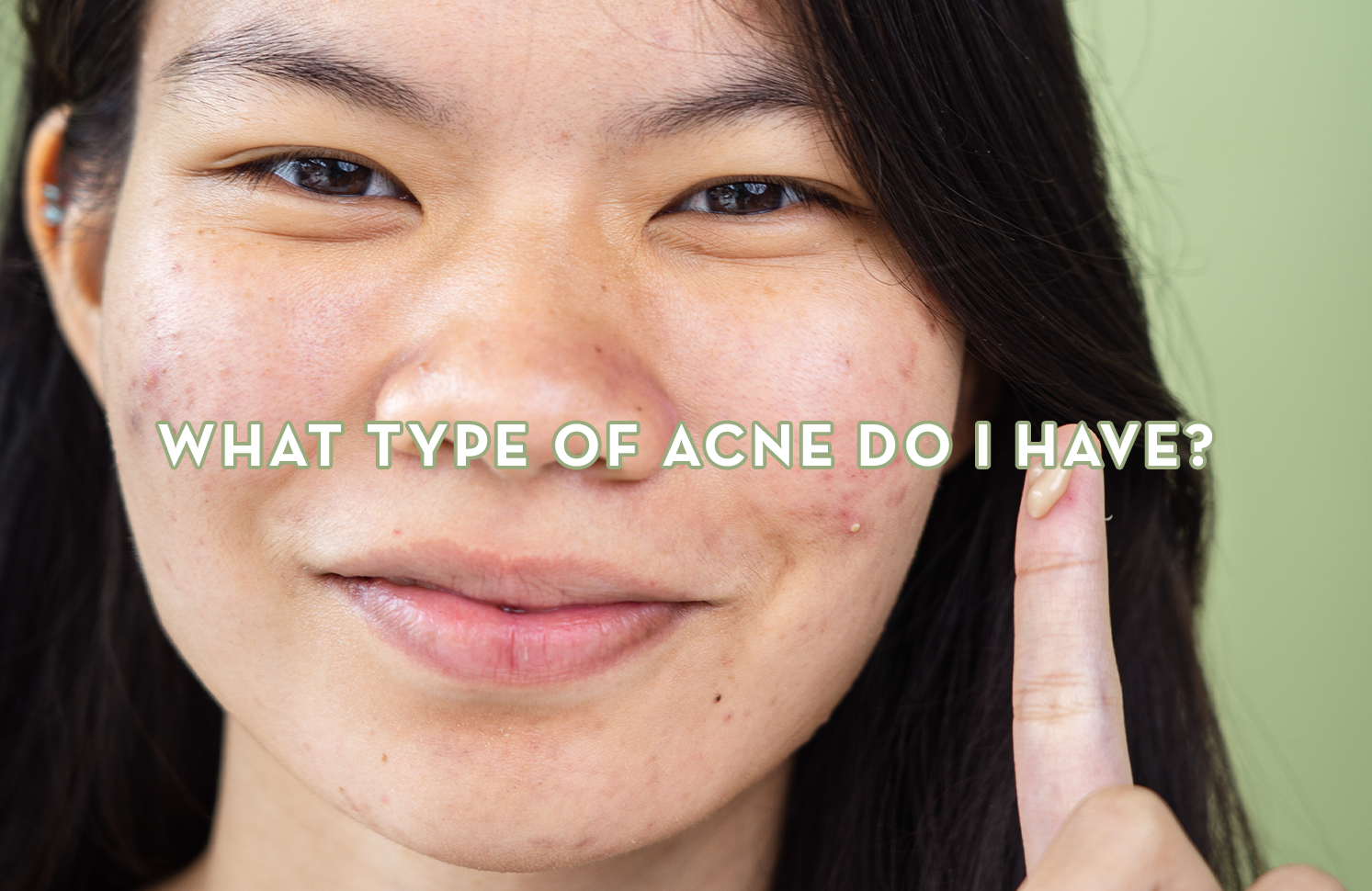
AT A GLANCE
-
WHAT IT IS
Post Inflammatory Hyperpigmentation (PIH) is a common skin condition characterized by the overproduction of melanin and the resulting dark patches or discoloration on the skin after inflammation or injury -
WHAT IT DOES
PIH is a response to increased melanin production in the affected skin, resulting in flat areas of hyperpigmentation. -
HOLY GRAIL PRODUCTS
Zitlox Salicylic Acne Gel, Refixion Sans Retinol Cream, Glow To Go Glycolic Acid Peel Pads, Protec Plus Mineral Sunscreen
Understanding Post Inflammatory Hyperpigmentation: Causes, Treatment, and Prevention
Post Inflammatory Hyperpigmentation (PIH) is a common skin condition that many people may have experienced without knowing its technical cause or name. Often mistaken for a dark spot, PIH is a significant skincare concern that results in inflammation, darkness, and irritation on the skin following acne, injuries, or burns. It is more commonly observed in individuals with darker skin tones.
What is Post Inflammatory Hyperpigmentation (PIH)?
Post Inflammatory Hyperpigmentation, also known as hypermelanosis, occurs due to the overproduction of melanin. When there is abnormal melanin deposition in the epidermis or dermis, typically following an inflammation, it is considered hypermelanosis. Various inflammatory triggers, ranging from acne to sunburns, can lead to melanocyte hypertrophy and activity. This, in turn, increases melanin production in the epidermis, resulting in a flat area of discolored or hyperpigmented skin.
Causes and Triggers of PIH
PIH can have several causes and triggers. It can be associated with pre-existing conditions such as skin allergies, fungal infections, and others. Overexposure to the sun without proper protection, mechanical injuries, reactions to medications, phototoxic eruptions, the aftermath of laser treatments, and burn trauma can also contribute to PIH.
Common Skin Conditions That Can Lead to PIH
A wide range of factors can trigger PIH, including preceding disease processes that affect the skin and certain topical treatments. Inflammations like post-acne marks, facial eczema, allergies such as lichen planus, and other allergic reactions, as well as skin trauma from procedures like surgery, incorrect usage of microdermabrasion, facial laser treatments, or frequent and improper use of chemical peels, can all stimulate the release of inflammatory cells that cause melanocytes to produce more pigment in the skin.
How Does PIH Differ from Other Forms of Hyperpigmentation?
Although both hyperpigmentation and PIH may involve the presence of darker spots on the face, there are differences between the two. Hyperpigmentation is primarily determined by an individual's skin color and melanin production. In contrast, PIH occurs as a result of skin damage or irritation, leading to the affected skin turning tan, brown, or purple, hence the term "hyperpigmentation."
Identifying the Signs and Symptoms of PIH
If your skin becomes darker within a week or a few days after experiencing a breakout, or if you notice skin discoloration and patches of hyperpigmentation due to inflammation and allergies, there is a likelihood that you have PIH.
Treating Post Inflammatory Hyperpigmentation
The first step in treating PIH is to identify the cause of inflammation. If the hyperpigmentation is caused by allergies or chemical treatments, it is important to discontinue those treatments and avoid exposure to allergens. Treating acne, for example, may involve using an acne spot treatment like Zitlox Salicylic Acne Gel, which can help heal acne spots without triggering PIH.

Lifestyle Changes and Skincare Practices to Prevent PIH
To prevent PIH, it is advisable to use mild or gentle exfoliators to avoid harsh scrubbing of the skin. Consuming a healthier diet, applying and reapplying sun protection, and using sun hats or masks to shield existing hyperpigmentation from sun exposure are beneficial practices. Additionally, avoiding allergens and other chemical treatments and adhering to a consistent skincare routine with spot treatment, SPF, and, if necessary, Bakuchiol can contribute to preventing PIH.
Addressing PIH in Different Skin Types and Ethnicities
PIH has been shown to affect individuals with skin of color more frequently. While there are various treatment options available, including chemical AHA BHA peels and brightening lasers, special consideration should be given when managing PIH in patients with darker skin tones. Certain topical treatments, as well as aesthetic procedures like chemical peels or lasers, may either further irritate the skin or prove ineffective against PIH.
Self-Care and Emotional Well-being for Individuals with PIH
Dealing with PIH can be distressing and stressful, as it highlights larger areas of discoloration on the face that cannot be easily concealed like individual acne spots or wrinkles. However, it is important to remain positive and remember that PIH can be addressed effectively in today's age. By adopting a proper skincare regimen, maintaining good nutrition, and consistently applying and reapplying SPF, it is possible to overcome PIH and improve emotional well-being.
Read More:



